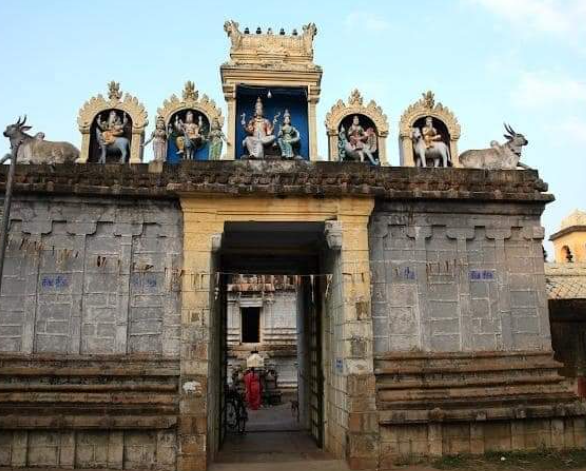Origin/History :-
- The original Mada temple existed before the 7th century, with hymns sung by Thirugnanasambandar in praise of Lord Shiva.
- The temple was initially built in the Mada style by Ko Chengat Chozha, later rebuilt in stone by the Chozhas, and extended during the Vijayanagara period.
- Ten inscriptions from the Chozha dynasty, including those of Uthama Chozha and Sembiyan Mahadevi, reference the temple's location and historical significance.
- Sembiyan Mahadevi gifted silver utensils, and the Jayangonda Nallur sabha donated lands for temple and residential purposes, with specific conditions for usage and taxation.
- Later inscriptions from Kovi Rajakesarivarmar document endowments, including a perpetual lamp and land gifts for the Adi Varahar shrine, though some inscriptions are partially damaged.
- The Maha Kumbhabhishekam was conducted after renovations on January 27, 2003, and May 26, 2010.
Puranic Significance :-
To protect the world and its inhabitants, Lord Vishnu worshipped Sankaaranyeswarar and obtained the Conch as His weapon. As a result, there is a separate sanctum dedicated to Lord Vishnu within this temple.
